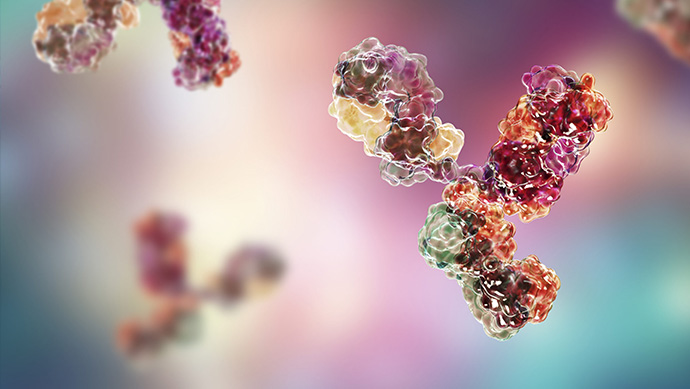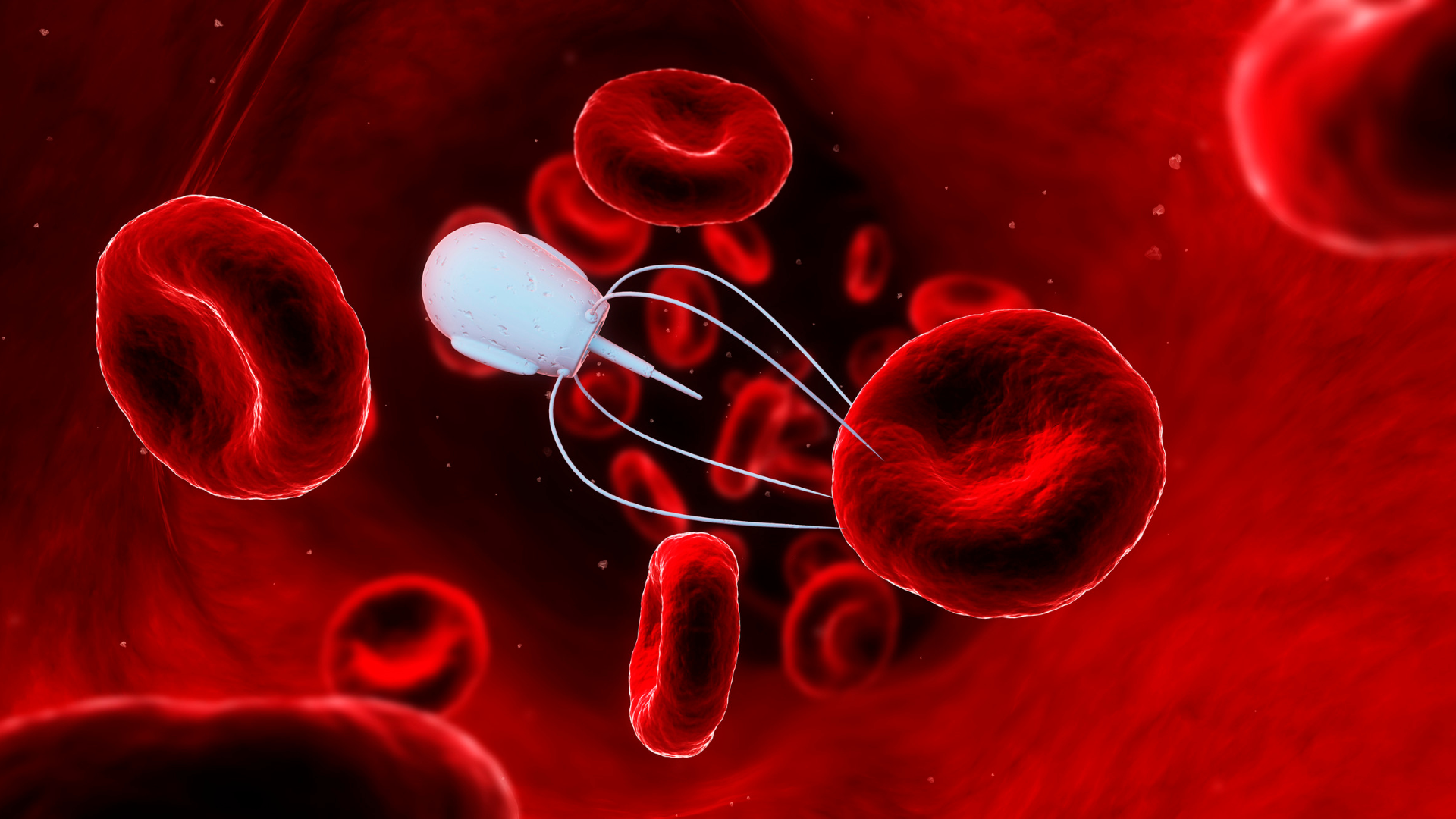The Promise of Antisense Oligonucleotides: Unlocking Therapeutic Potentials

Antisense oligonucleotides (ASOs) have surfaced as a beacon of hope in the world of drug formulation and delivery, introducing a paradigm shift in how we address diseases at the genetic level. For senior scientists with expertise in drug delivery, understanding the potential therapeutic applications of antisense oligonucleotides can pave the way for more targeted and effective treatments.
Decoding ASOs: A Glimpse into Their Mechanism
At their core, antisense oligonucleotides are short, single-stranded sequences of DNA or RNA designed to bind to a specific mRNA molecule. By doing so, they can prevent the translation of target mRNA into protein or promote its degradation, thereby inhibiting the expression of a specific gene. This is the foundational tenet that underpins the therapeutic uses of antisense RNA.
ASOs in Genetic Disorders: A Ray of Hope
Genetic disorders, arising from aberrant genes, often present the most significant challenge in therapeutic interventions. But what if we could target the very genetic material responsible for the disease? ASOs, with their gene-targeting potential, are doing just that.
For instance, consider Spinal Muscular Atrophy (SMA), a genetic disorder characterized by the loss of motor neurons leading to muscle wasting. Historically, SMA had no cure and limited treatment options. However, with the advent of antisense oligonucleotide treatments, the narrative is changing. Nusinersen, an ASO drug, was approved by the FDA back in 2016 for the treatment of SMA. It modifies the splicing of the SMN2 gene, leading to an increase in functional SMN protein, thereby countering the detrimental effects of SMA. Post its approval, more than 7600 patients have been treated globally, with a majority showing improvement or stabilization in motor function.
Broadening the Scope: Beyond Genetic Disorders
But it's not just genetic disorders; the potential applications of ASOs span a vast landscape:
Neurological Diseases: Amyotrophic lateral sclerosis (ALS), a devastating neurodegenerative disorder, is now seeing promise with antisense oligonucleotide treatments. Tofersen, an investigational ASO, targets the SOD1 gene, which is responsible for approximately 2% of ALS cases. In clinical trials, Tofersen showed a significant reduction in SOD1 protein levels in the cerebrospinal fluid, with potential implications for slowing disease progression
Cardiovascular Diseases: Elevated levels of lipoprotein(a), a genetic risk factor for atherosclerotic cardiovascular diseases, can now be mitigated using ASOs. A phase 2 trial demonstrated that AKCEA-APO(a)-LRx, an ASO, led to a 92% median reduction in lipoprotein(a) levels.
Cancer Therapies: ASOs can inhibit the expression of genes that contribute to tumorigenesis. OGX-011, for example, targets the clustering gene, associated with treatment resistance in cancer. In combination with chemotherapy, it's shown enhanced tumour suppression in clinical trials.
Challenges and the Way Forward
While the therapeutic uses of antisense RNA present exciting possibilities, challenges persist. Efficient delivery of ASOs to target cells without inducing an immune response, off-target effects, and ensuring long-lasting therapeutic effects are areas that warrant attention. Fortunately, with advancements in drug formulation and delivery, many of these challenges are surmountable.
Moreover, current statistics hint at a growing trend. As of 2021, there are over 50 ASO drugs in various stages of clinical development, targeting a myriad of diseases. This suggests a surge in antisense oligonucleotide treatments coming to fruition in the next decade.
Conclusion: The Dawn of a New Therapeutic Era
In an age where genetic understanding becomes increasingly paramount, ASOs stand at the forefront, holding immense promise for treating diseases that were once deemed untreatable. "ASOs in genetic disorders" is just the tip of the iceberg, with an array of applications poised to transform the therapeutic landscape. By diving deep into the world of antisense oligonucleotides, scientists can spearhead treatments that are not just palliative but transformative, addressing the very genetic roots of diseases. The horizon of ASO-based therapeutics is vast and waiting to be explored.







